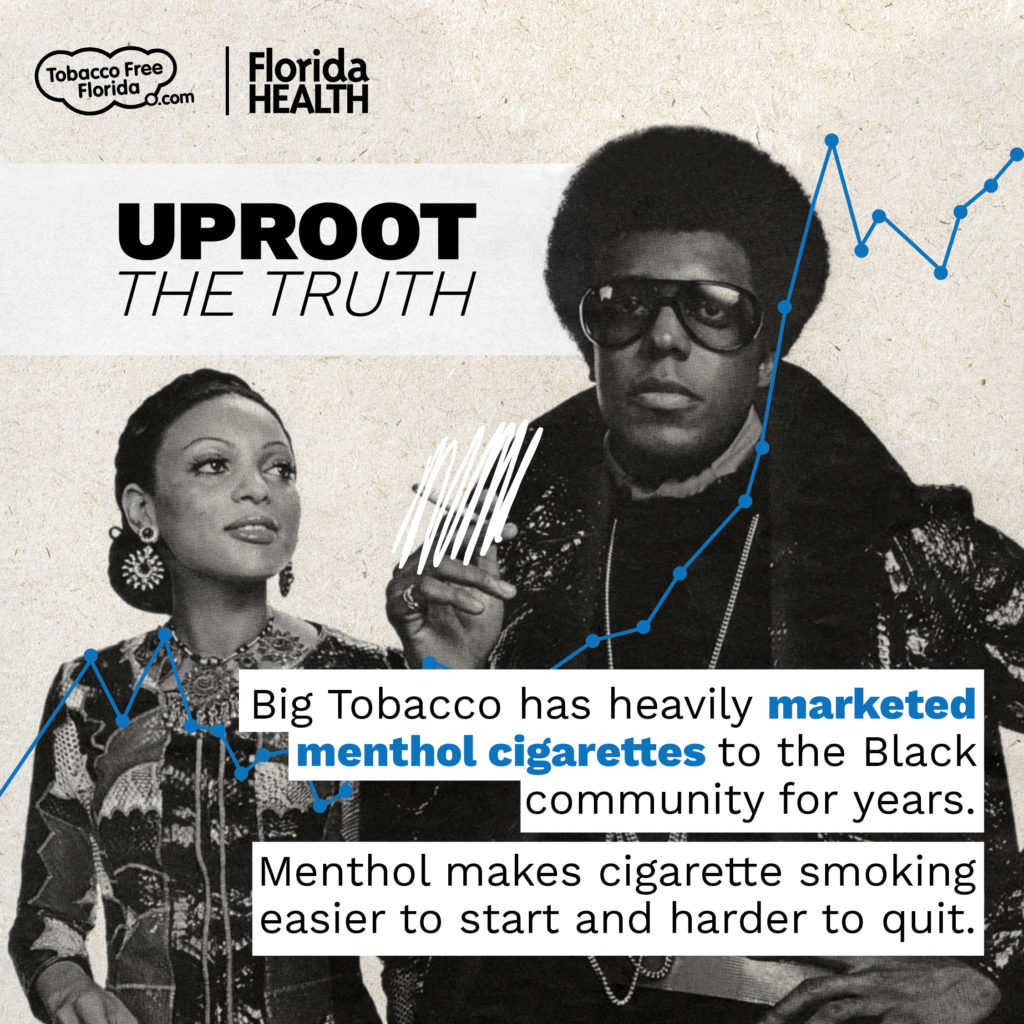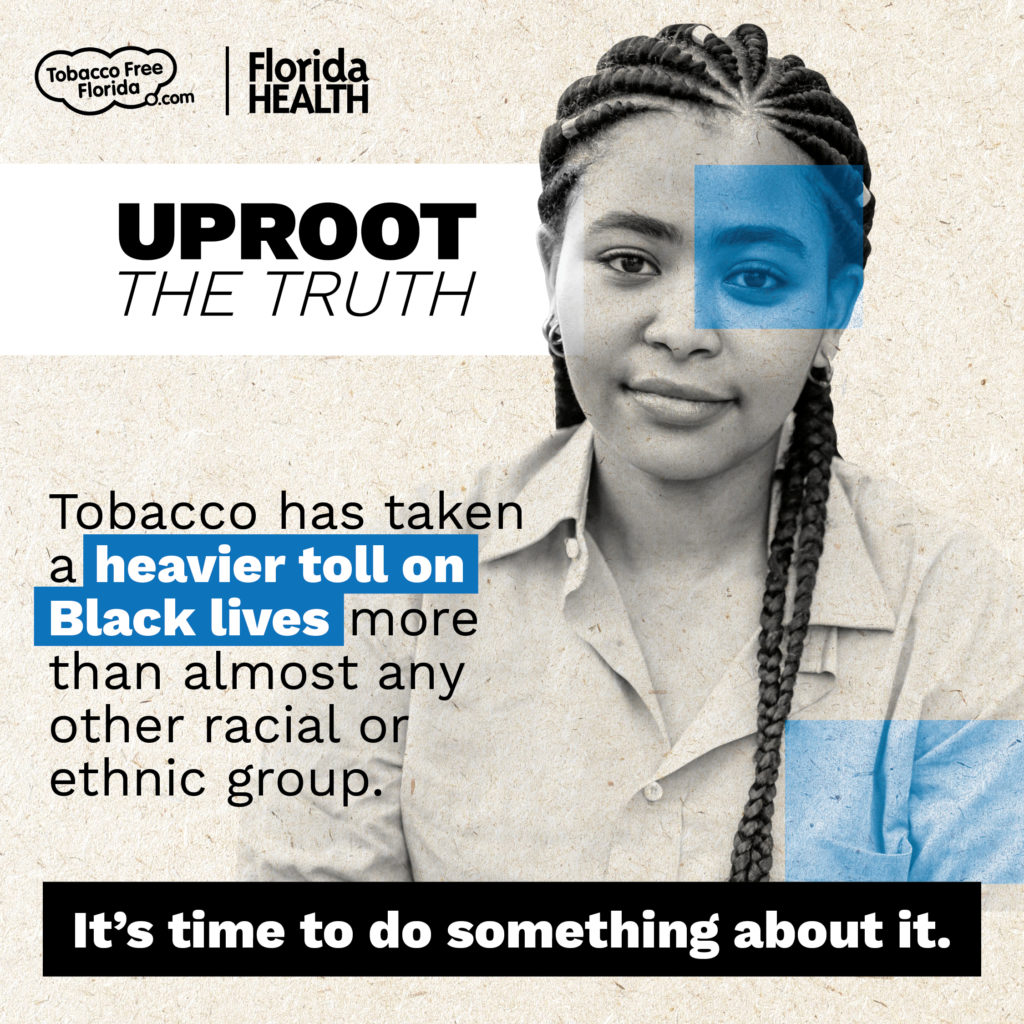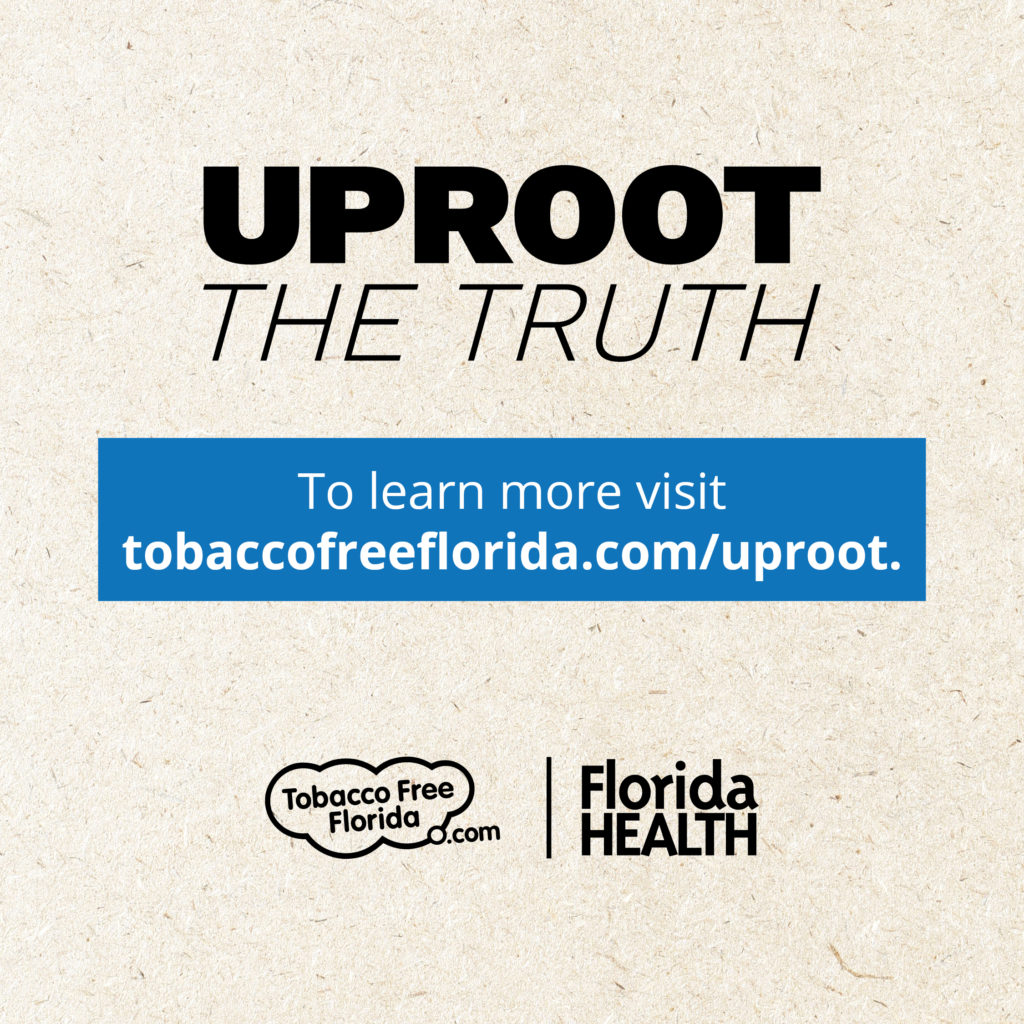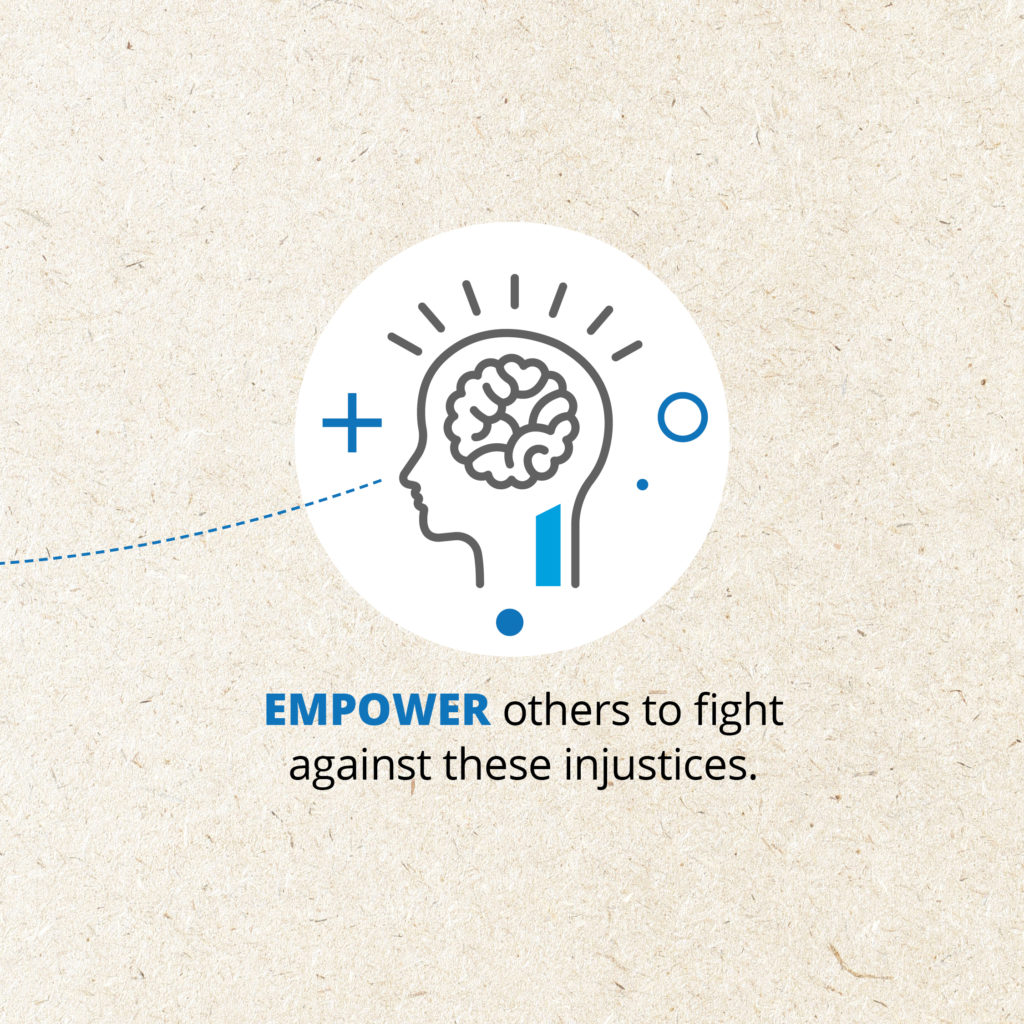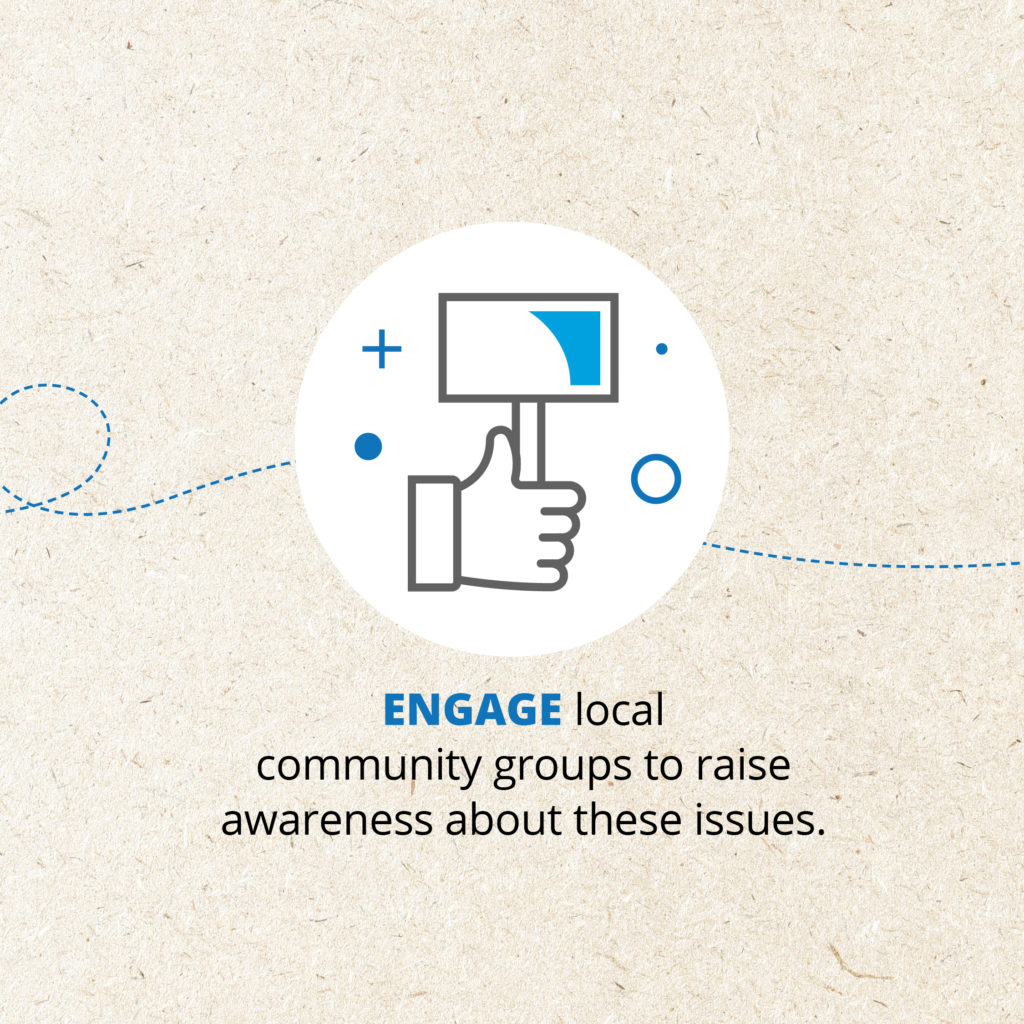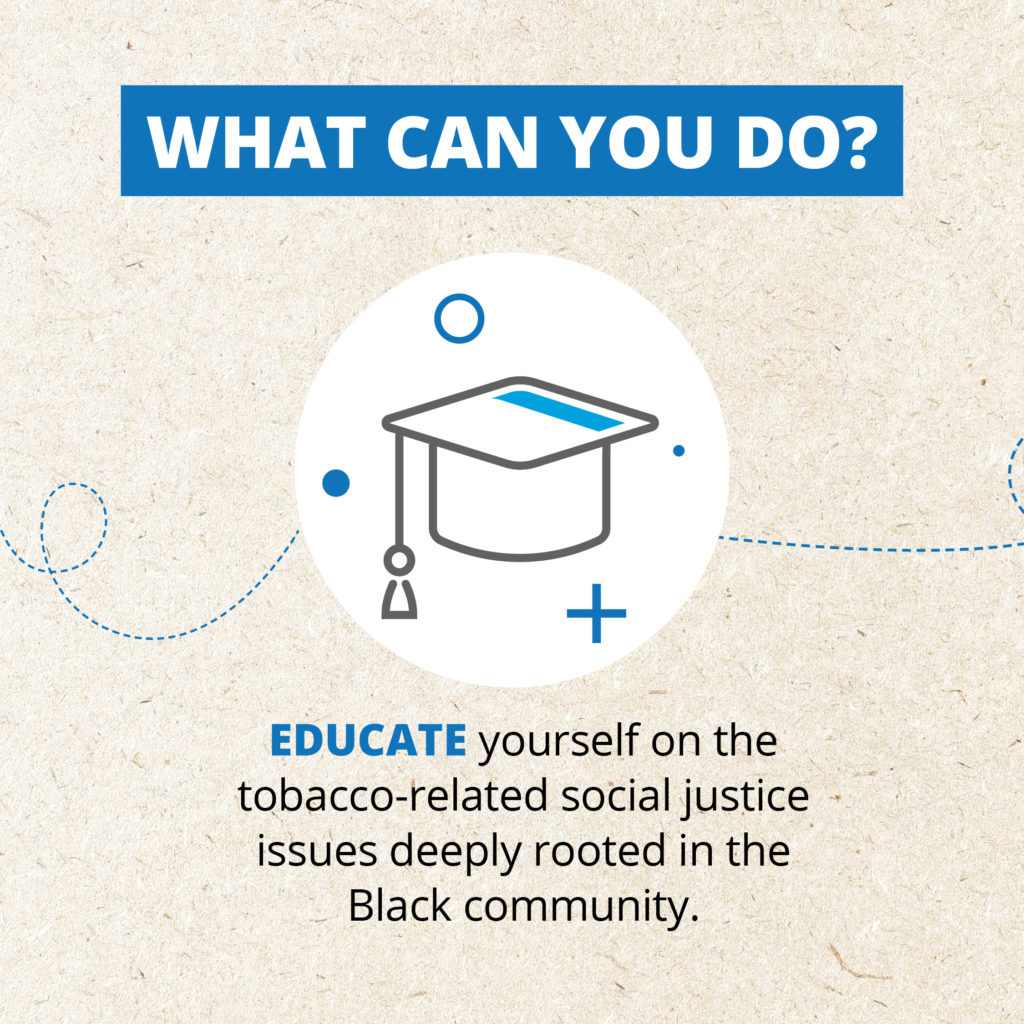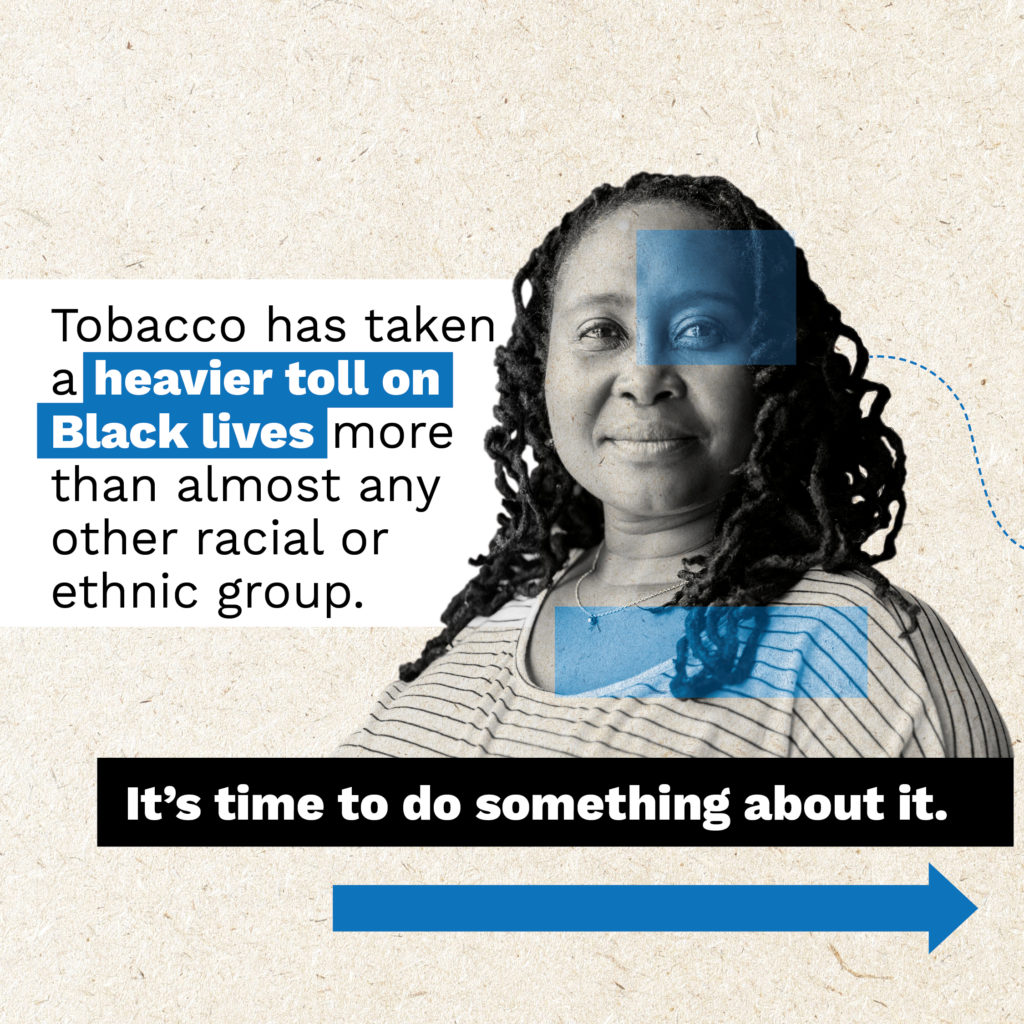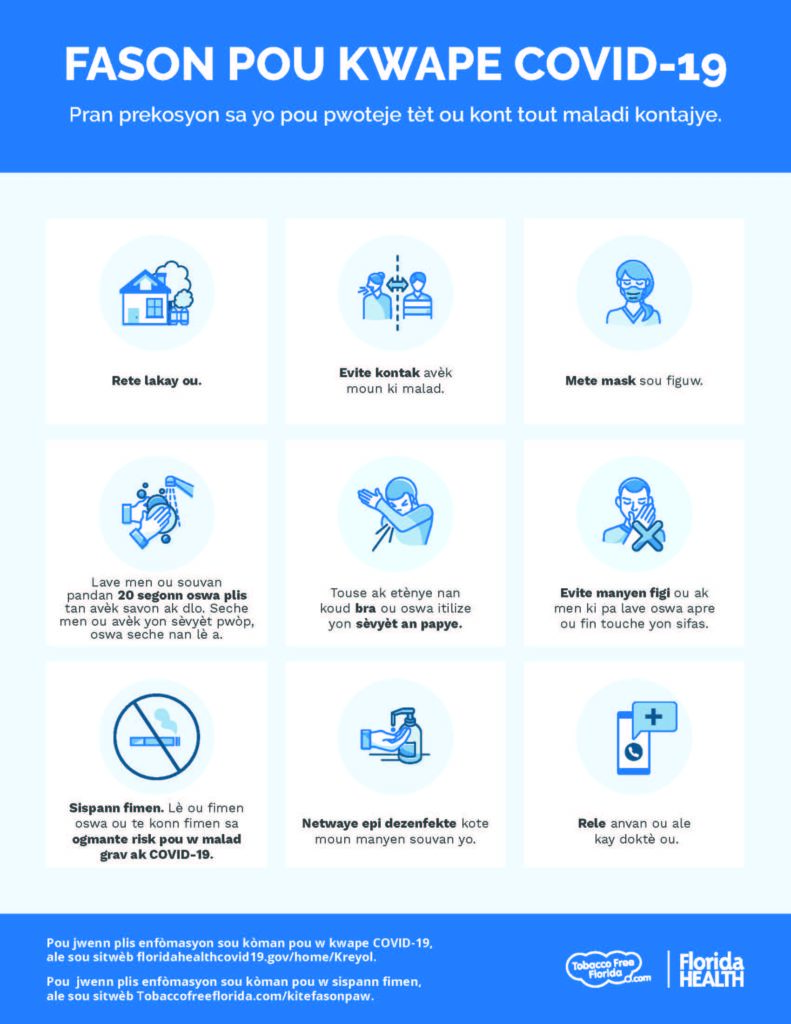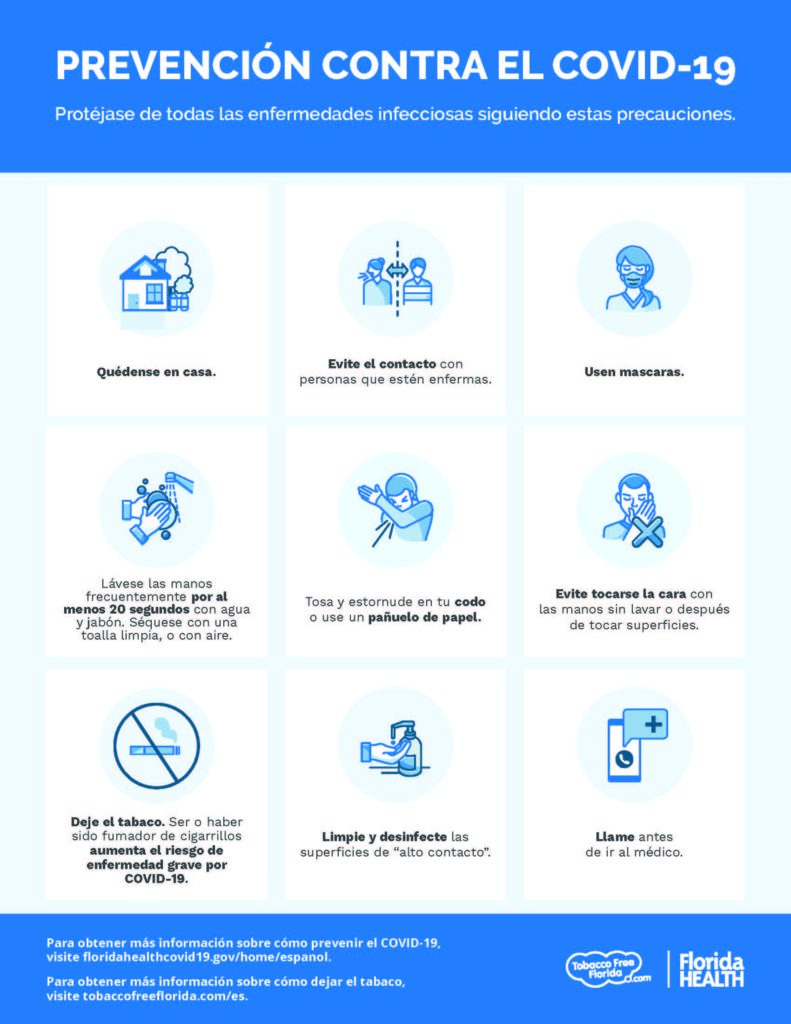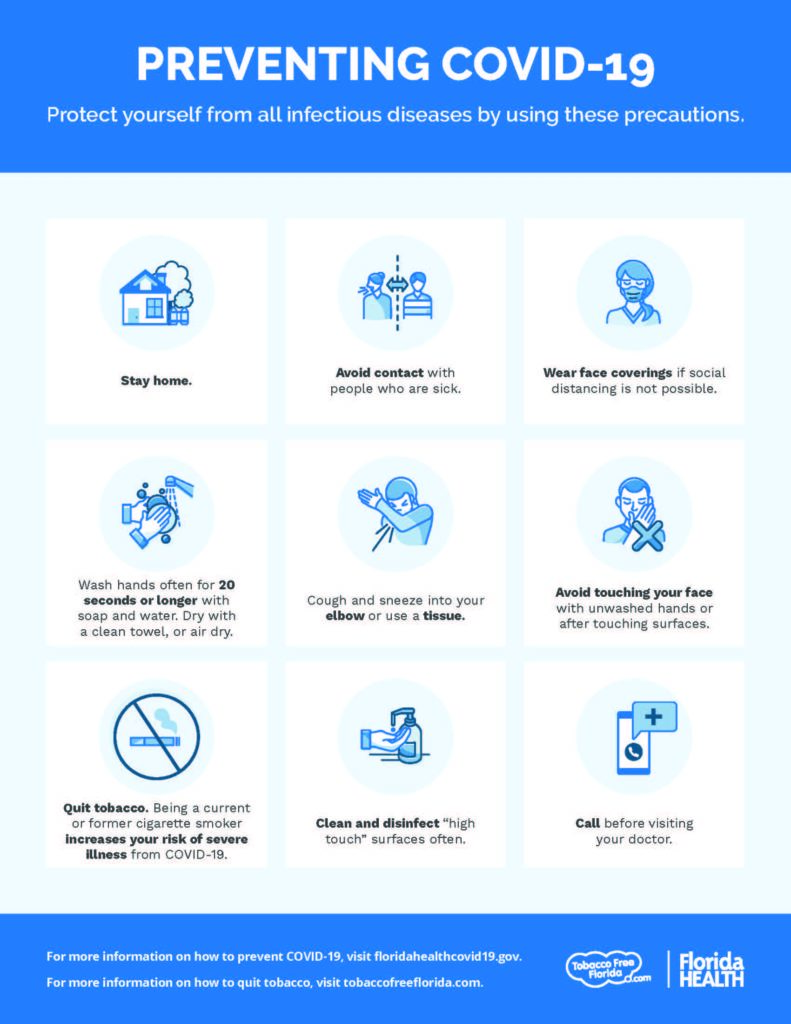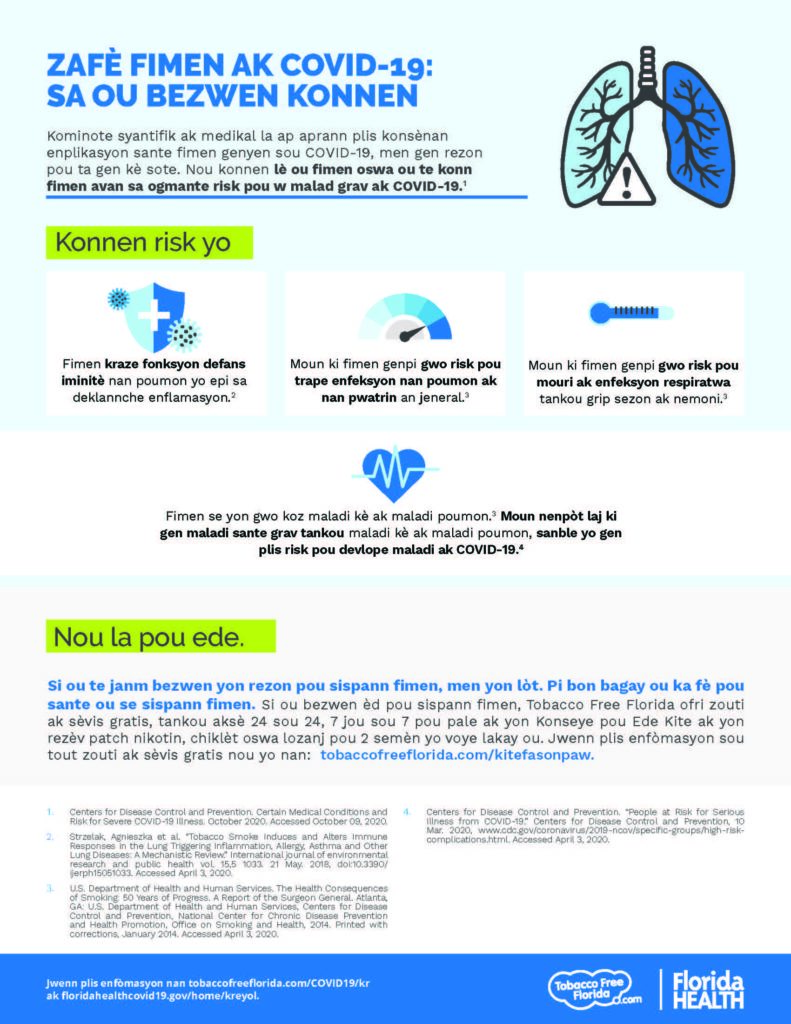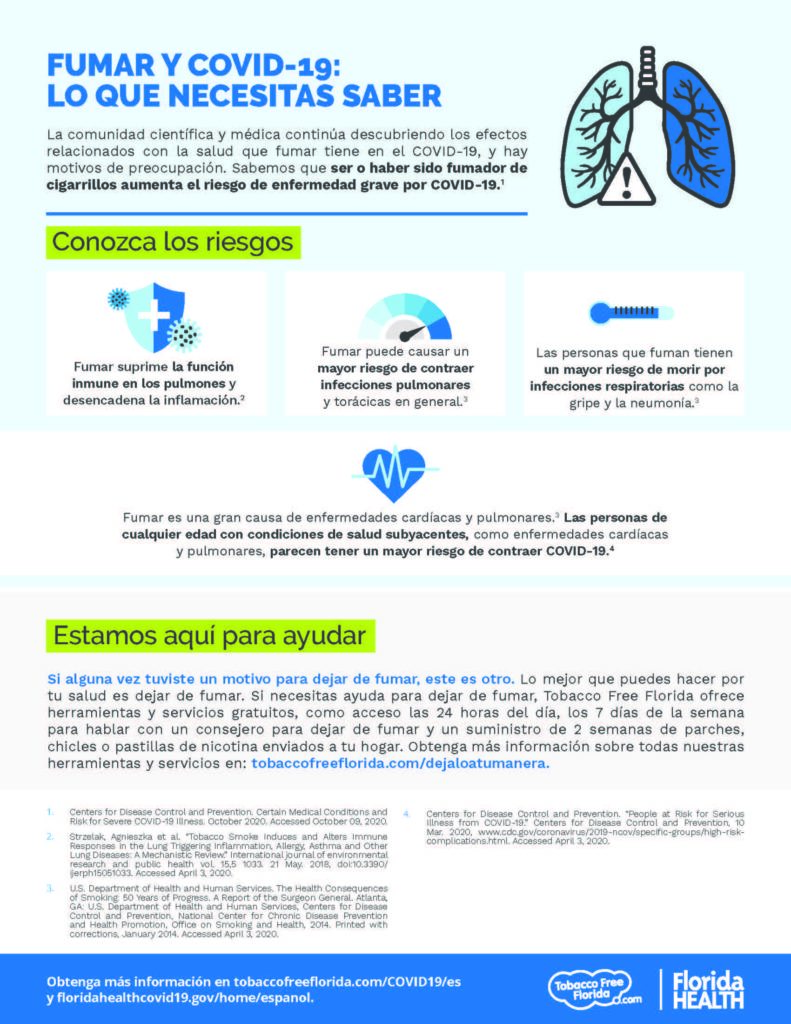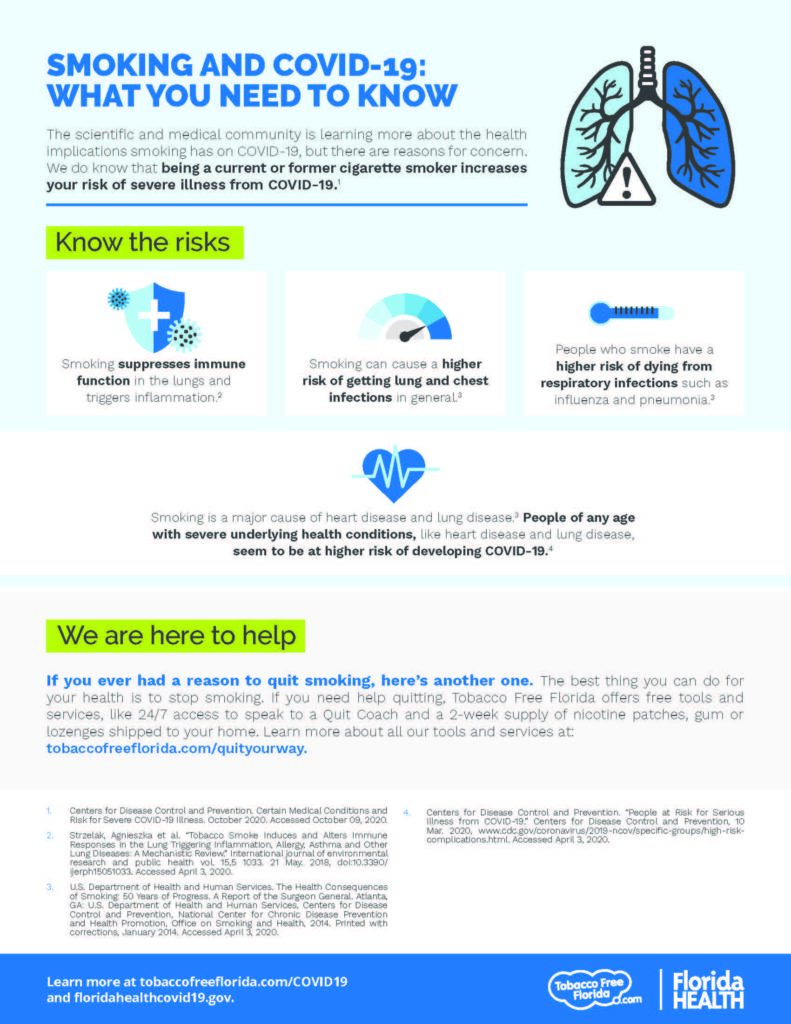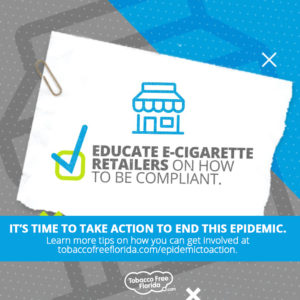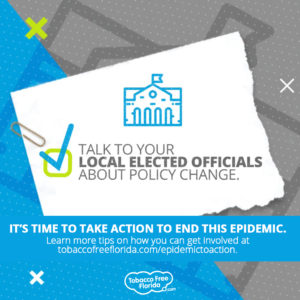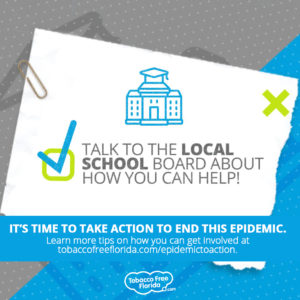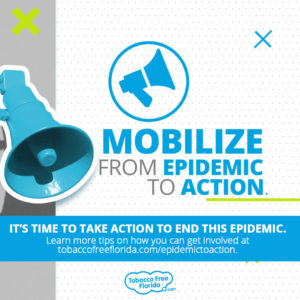The Dangers of Secondhand Smoke
There is no risk-free level of secondhand smoke exposure; even brief exposure can be harmful to health. 1, 2 Secondhand smoke is smoke from burning tobacco products, such as cigarettes, cigars, or pipes. 1, 3
Secondhand smoke also is smoke that has been exhaled, or breathed out, by the person smoking. 1, 3, 4, Tobacco smoke contains more than 7,000 chemicals, including hundreds that are toxic and about 70 that can cause cancer. 1
Every year in the U.S., about 41,000 nonsmoking adults die from a disease caused by secondhand smoke exposure. It can also cause coronary heart disease, stroke, and lung cancer. 1, 3
- Nonsmokers who are exposed to secondhand smoke at home or at work increase their risk of heart disease by 25–30%. 5
- Secondhand smoke increases the risk for stroke by 20−30%. 6
- Nonsmokers who are exposed to secondhand smoke at home or at work increase their risk of developing lung cancer by 20–30%. 7
How Bad is Secondhand Smoke?
Secondhand smoke harms everyone, especially children. The main place where young children are exposed to secondhand smoke is at home. 8 Here are the facts: 9, 10
- Studies show that older children whose parents smoke get sick more often. Their lungs grow less than children who do not breathe secondhand smoke, and they get more bronchitis and pneumonia.
- Secondhand smoke can trigger an asthma attack. Children with asthma who are around secondhand smoke have more severe and frequent asthma attacks. A severe asthma attack can put a child’s life in danger.
- Children whose parents smoke around them get more ear infections. They also have fluid in their ears more often and have more operations to put in ear tubes for drainage.
Secondhand smoke increases the risk of Sudden Infant Death Syndrome (SIDS), which is the sudden, unexplained, unexpected death of an infant in the first year of life. 11, 12
- Smoking during pregnancy increases the risk of SIDS. 13, 14
- Infants who are exposed to secondhand smoke after birth are also at greater risk of SIDS. 15, 16
- SIDS is the leading cause of death in otherwise healthy infants. 17
The only way to fully protect nonsmokers is to eliminate smoking in all homes, worksites, and public places. You can protect yourself and your family from secondhand smoke by:
- Quitting smoking if you are not already a nonsmoker. 2, 3, 4
- Not allowing anyone to smoke anywhere, near your home, or in your car, even with the windows down
- Making sure your children’s daycare centers and schools are tobacco free
- Being a good role model by not smoking or using any other type of tobacco
Blog Post
Florida Clean Air Act
1 U.S. Department of Health and Human Services. The Health Consequences of Smoking—50 Years of Progress: A Report of the Surgeon General. Atlanta: U.S. Department of Health and Human Services, Centers for Disease Control and Prevention, National Center for Chronic Disease Prevention and Health Promotion, Office on Smoking and Health, 2014 [accessed 2019 July 24].
2 U.S. Department of Health and Human Services. A Report of the Surgeon General: How Tobacco Smoke Causes Disease: What It Means to You. Atlanta: U.S. Department of Health and Human Services, Centers for Disease Control and Prevention, National Center for Chronic Disease Prevention and Health Promotion, Office on Smoking and Health, 2010 [accessed 2019 July 24].
3 Institute of Medicine. Secondhand Smoke Exposure and Cardiovascular Effects: Making Sense of the EvidenceExternal. Washington: National Academy of Sciences, Institute of Medicine, 2009 [accessed 2019 July 24].
4 U.S. Department of Health and Human Services. The Health Consequences of Involuntary Exposure to Tobacco Smoke: A Report of the Surgeon General. Atlanta: U.S. Department of Health and Human Services, Centers for Disease Control and Prevention, National Center for Chronic Disease Prevention and Health Promotion, Office on Smoking and Health, 2006 [accessed 2019 July 24].
5 U.S. Department of Health and Human Services. Let’s Make the Next Generation Tobacco-Free: Your Guide to the 50th Anniversary Surgeon General’s Report on Smoking and Health. Atlanta: U.S. Department of Health and Human Services, Centers for Disease Control and Prevention, National Center for Chronic Disease Prevention and Health Promotion, Office on Smoking and Health, 2014 [accessed 2019 July 23].
6 U.S. Department of Health and Human Services. The Health Consequences of Smoking—50 Years of Progress: A Report of the Surgeon General. Atlanta: U.S. Department of Health and Human Services, Centers for Disease Control and Prevention, National Center for Chronic Disease Prevention and Health Promotion, Office on Smoking and Health, 2014
7 U.S. Department of Health and Human Services. The Health Consequences of Involuntary Exposure to Tobacco Smoke: A Report of the Surgeon General. Atlanta: U.S. Department of Health and Human Services, Centers for Disease Control and Prevention, National Center for Chronic Disease Prevention and Health Promotion, Office on Smoking and Health, 2006
8 Centers for Disease Control and Prevention. Vital Signs: Nonsmokers’ Exposure to Secondhand Smoke—United States, 1999–2008. Morbidity and Mortality Weekly Report 2010;59(35):1141–6 [accessed 2015 Feb 6].
9 U.S. Department of Health and Human Services. The Health Consequences of Involuntary Exposure to Tobacco Smoke: A Report of the Surgeon General external icon. Atlanta: U.S. Department of Health and Human Services, Centers for Disease Control and Prevention, National Center for Chronic Disease Prevention and Health Promotion, Office on Smoking and Health, 2006
10 U.S. Department of Health and Human Services. The Health Consequences of Smoking—50 Years of Progress: A Report of the Surgeon General. Atlanta: U.S. Department of Health and Human Services, Centers for Disease Control and Prevention, National Center for Chronic Disease Prevention and Health Promotion, Office on Smoking and Health, 2014
11 U.S. Department of Health and Human Services. The Health Consequences of Involuntary Exposure to Tobacco Smoke: A Report of the Surgeon General. Atlanta: U.S. Department of Health and Human Services, Centers for Disease Control and Prevention, National Center for Chronic Disease Prevention and Health Promotion, Office on Smoking and Health, 2006
12 U.S. Department of Health and Human Services. The Health Consequences of Smoking—50 Years of Progress: A Report of the Surgeon General. Atlanta: U.S. Department of Health and Human Services, Centers for Disease Control and Prevention, National Center for Chronic Disease Prevention and Health Promotion, Office on Smoking and Health, 2014
13 U.S. Department of Health and Human Services. The Health Consequences of Involuntary Exposure to Tobacco Smoke: A Report of the Surgeon General. Atlanta: U.S. Department of Health and Human Services, Centers for Disease Control and Prevention, National Center for Chronic Disease Prevention and Health Promotion, Office on Smoking and Health, 2006
14 U.S. Department of Health and Human Services. The Health Consequences of Smoking—50 Years of Progress: A Report of the Surgeon General. Atlanta: U.S. Department of Health and Human Services, Centers for Disease Control and Prevention, National Center for Chronic Disease Prevention and Health Promotion, Office on Smoking and Health, 2014
15 U.S. Department of Health and Human Services. The Health Consequences of Involuntary Exposure to Tobacco Smoke: A Report of the Surgeon General. Atlanta: U.S. Department of Health and Human Services, Centers for Disease Control and Prevention, National Center for Chronic Disease Prevention and Health Promotion, Office on Smoking and Health, 2006
16 U.S. Department of Health and Human Services. The Health Consequences of Smoking—50 Years of Progress: A Report of the Surgeon General. Atlanta: U.S. Department of Health and Human Services, Centers for Disease Control and Prevention, National Center for Chronic Disease Prevention and Health Promotion, Office on Smoking and Health, 2014
17 Murphy, S. L., Xu, J., & Kochanek, K. D. (2013). Deaths: Final report for 2010. National Vital Statistics Report, vol. 61 no. 4. Retrieved November 11, 2013, from https://www.cdc.gov/nchs/data/nvsr/nvsr61/nvsr61_04.pdf [accessed 2019 July 23]



